From NUG Magazine by Steve December 25 2024
The relationship between Indigenous communities and cannabis is multifaceted, characterized by historical trauma, socio-economic challenges, and emerging opportunities. As legalization trends gain momentum in various parts of the world, including the United States and Canada, Indigenous communities are at a crossroads: should they embrace cannabis cultivation and trade for economic empowerment, or will these opportunities lead to further exploitation?
Historical Context
To understand the current dynamics surrounding cannabis in Indigenous communities, it is essential to acknowledge the historical context. For centuries, Indigenous peoples have faced colonization, cultural assimilation, and systemic marginalization. These experiences have led to socio-economic disadvantages manifested in poverty, unemployment, and lack of access to quality education and health care.
In many regions, cannabis was historically used by Indigenous communities for medicinal and ceremonial purposes before colonial laws criminalized its use. This legacy of banning traditional practices has left a lasting impact on Indigenous identities and health practices.
Legalization and Opportunity
The recent legalization of cannabis in various jurisdictions presents both challenges and opportunities for Indigenous peoples. Many communities see the commercialization of cannabis as a potential economic boon. By establishing legal cannabis operations, these communities aim to reclaim control over their land, generate revenue, and create jobs.
For example, some Indigenous-led cannabis businesses in Canada have successfully navigated regulations, creating a model for sustainable practices while addressing their communities’ unique needs. These businesses have also fostered greater community involvement, ensuring profits are reinvested into local initiatives, such as education and health programs.
Challenges of Commercialization
Despite the promise that legal cannabis may hold, the path to empowerment is fraught with challenges. One of the most pressing issues is the risk of exploitation. Non-Indigenous investors may seek to partner with Indigenous communities without adequately respecting their cultural heritage or providing equitable benefits. This can lead to arrangements that prioritize profit over community welfare.
Moreover, the complexities of navigating state and federal regulations can disproportionately burden Indigenous entrepreneurs, who may lack the financial resources or technical knowledge to compete in the cannabis market. This reality underscores the importance of building capacity within Indigenous communities to ensure they are not set up to fail in a rapidly evolving industry.
Balancing Benefits and Rights
Indigenous communities must find a balance between capitalizing on the cannabis industry’s potential and protecting their rights, traditions, and land. As they navigate this new landscape, it becomes crucial to involve community members in the decision-making process. Transparency, accountability, and respect for cultural practices should be at the forefront of any cannabis-related initiatives.
Moreover, establishing partnerships with organizations that advocate for Indigenous rights can help mitigate risks associated with exploitation. Such partnerships can provide necessary resources, legal advice, and support networks, allowing tribes to reclaim their autonomy while engaging with the cannabis market sustainably.
Conclusion
The intersection of Indigenous communities and cannabis represents a critical juncture—one that can lead to either empowerment or exploitation. While there are significant opportunities for economic development and cultural reclamation, there are also substantial risks that must be carefully managed. As Indigenous communities navigate their paths forward, emphasizing community-led strategies, sustainability, and cultural integrity will be vital in transforming potential threats into avenues for self-determination and growth.
Frequently Asked Questions (FAQs)
1. How are Indigenous communities being affected by cannabis legalization?
Indigenous communities face both opportunities and challenges with cannabis legalization. While it can lead to economic development, there are risks of exploitation and cultural appropriation that need to be managed.
2. What should Indigenous communities prioritize when entering the cannabis market?
Communities should prioritize transparency, community involvement, cultural respect, and sustainable practices to ensure that any cannabis initiatives benefit the entire community and adhere to their cultural values.
3. Are there successful examples of Indigenous-led cannabis businesses?
Yes, several Indigenous communities have established successful cannabis businesses, focusing on sustainable practices and community reinvestment, particularly in Canada.
4. What risks of exploitation are Indigenous communities facing in the cannabis industry?
Risks include non-Indigenous investors seeking to profit without providing fair benefits, as well as regulatory barriers that may disadvantage Indigenous entrepreneurs.
5. How can Indigenous communities protect their rights in the cannabis market?
By fostering partnerships with advocacy organizations, ensuring community participation in decision-making, and establishing clear regulations that respect their rights and traditions, Indigenous communities can better protect themselves in the cannabis market.
© 2023 Indigenous Affairs Review. All rights reserved.


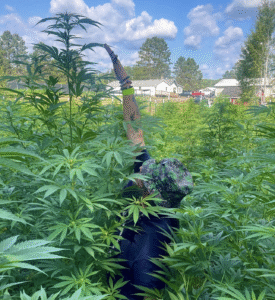






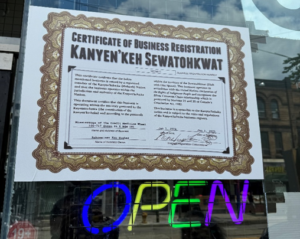
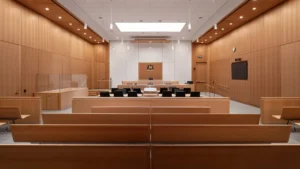



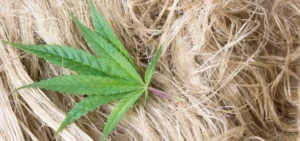
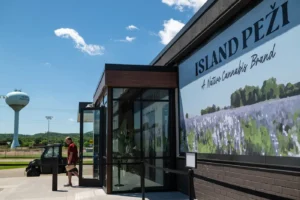
Comments are closed.